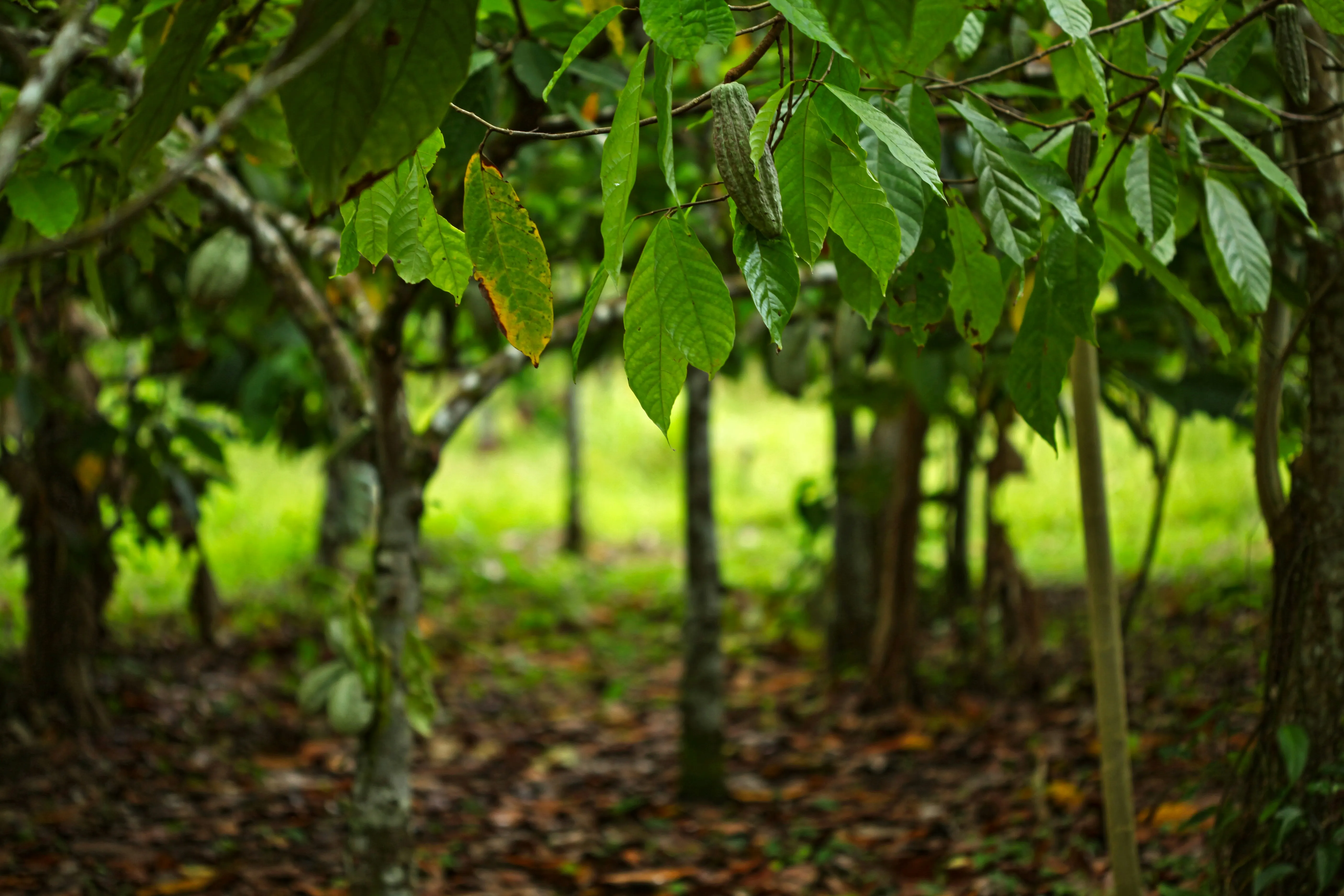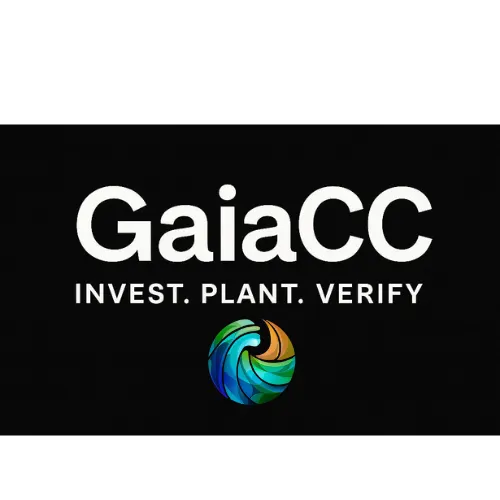"How GaiaCC Measures Regeneration."
Our methodology combines field science, community knowledge, and modern monitoring tools to produce transparent, verifiable ESG impact. Every project follows the same four-phase process, ensuring comparability, consistency, and credibility.
Baseline Assessment
Before any intervention begins, our team conducts a comprehensive baseline analysis to understand the ecological and social starting point. We measure:
• Soil health (organic carbon, structure, biological activity)
• Biodiversity presence (flora, fauna, habitat condition)
• Land-use history and restoration potential
• Water availability and microclimate conditions
• Social and community context (livelihoods, risks, cultural considerations) This baseline becomes the reference for all future reporting.


Regenerative Implementation
Each project is co-designed with local communities and aligned with regional ecological knowledge. Typical interventions include:
• Agroforestry system design and planting • Native-tree reforestation
• Soil regeneration practices
• Water and microclimate restoration
• Capacity building for local farmers and Indigenous groups
All activities follow regenerative principles with long-term ecosystem resilience as the core goal.
Continuous Monitoring & Verification (MRV)
GaiaCC integrates science-based monitoring with locally generated data. Our MRV approach includes:
• Field observations and photo documentation
• Soil and biomass sampling
• Biodiversity indicators (species presence, ecosystem quality)
• Remote sensing for land-use change
• Community-level data on livelihoods and wellbeing
Data is analysed to track progress across carbon, biodiversity, and social impact indicators.


Reporting & Transparency
Partners receive clear, periodic ESG reports that translate field data into measurable outcomes. Reports align with: • CSRD (Corporate Sustainability Reporting Directive)
• TNFD (Taskforce on Nature-related Financial Disclosures)
• ESRS (European Sustainability Reporting Standards)
Each report highlights:
• Progress against baselines
• Verified ecological improvements
• Social and community benefits
• Narrative context and project stories
This ensures full transparency and compliance for corporate sustainability teams.
